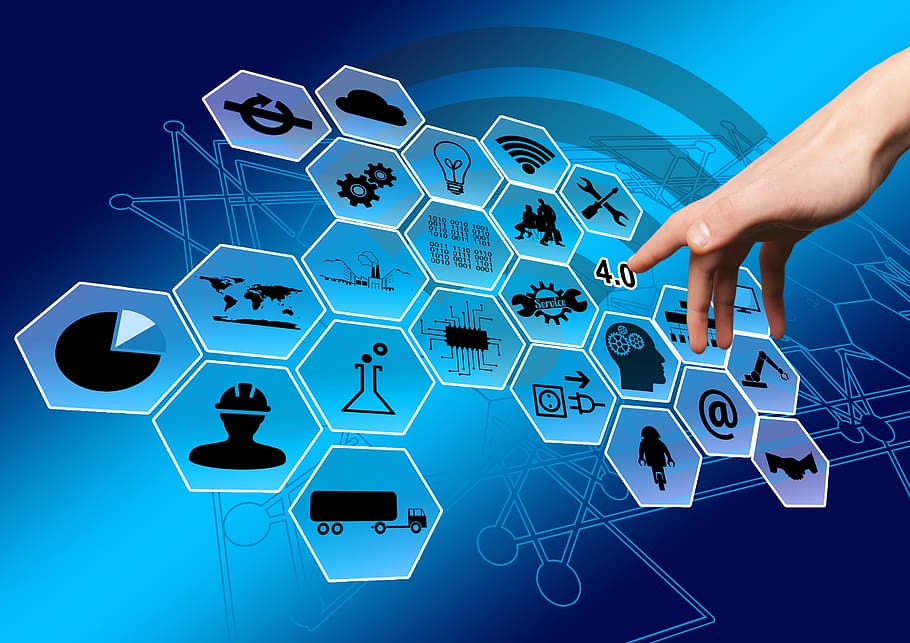By benson chang on January 28, 2019
In many ways, we the users of mobile phones have wasted the potential of the smartphones that have become more important to us than any other possession. Many people spend hundreds of dollars on their phones to use it for nothing more than a few basic apps, messaging, YouTube videos, and perhaps a few games; not actively utilizing many of the components in our phones. Something as simple as downloading an app that shows you all the information your phone has access to, like Sensor Multitool(https://play.google.com/store/apps/details?id=com.wered.sensorsmultitool&hl=en), is the first step to gaining an appreciation for the power we carry around daily.
Aside from the fact that the smartphones we carry have magnitudes more computing power than the Apollo spacecraft, it also comes with GPS, barometer, light sensor, accelerometer etc. all of which are tools that can be used for serious science (https://www.elsevier.com/connect/new-ways-to-use-smartphones-for-science ). With proper access and usage of the tools available in the smartphone, many science labs that used to require costly special equipment purchases are essentially “free”. In addition, by using the smartphone as a basic platform, it is possible to put add-ons that can make various measurements such as humidity, or even carbon dioxide levels (https://www.nasa.gov/offices/oct/feature/turn-your-smartphone-into-any-kind-of-sensor). By using the smartphone as a platform for attachments, it can drastically decrease cost, allowing less well funded areas to provide the same opportunities to their students.

Every year, my students engage in an independent research investigation into a topic of their choice, and we require a multitude of sensors: pH, temperature, O2, CO2, pressure, conductivity, colorimeter, drop counters, etc. The sensors we can afford are not always mobile (but can be with added modules), need a working computer with appropriate software (in some cases, requiring a site-wide license), and we are essentially on our own to try and figure out any problems that arise. Having an option like this is not only convenient, but also reliable, faster, more efficient, and more accessible. Not all students have a smartphone, but there are definitely more of those in my classes than there are computers or sensors. Now that we are teaching and learning remotely, some of these tools and apps will be exactly what my students will have to use to conduct their research!